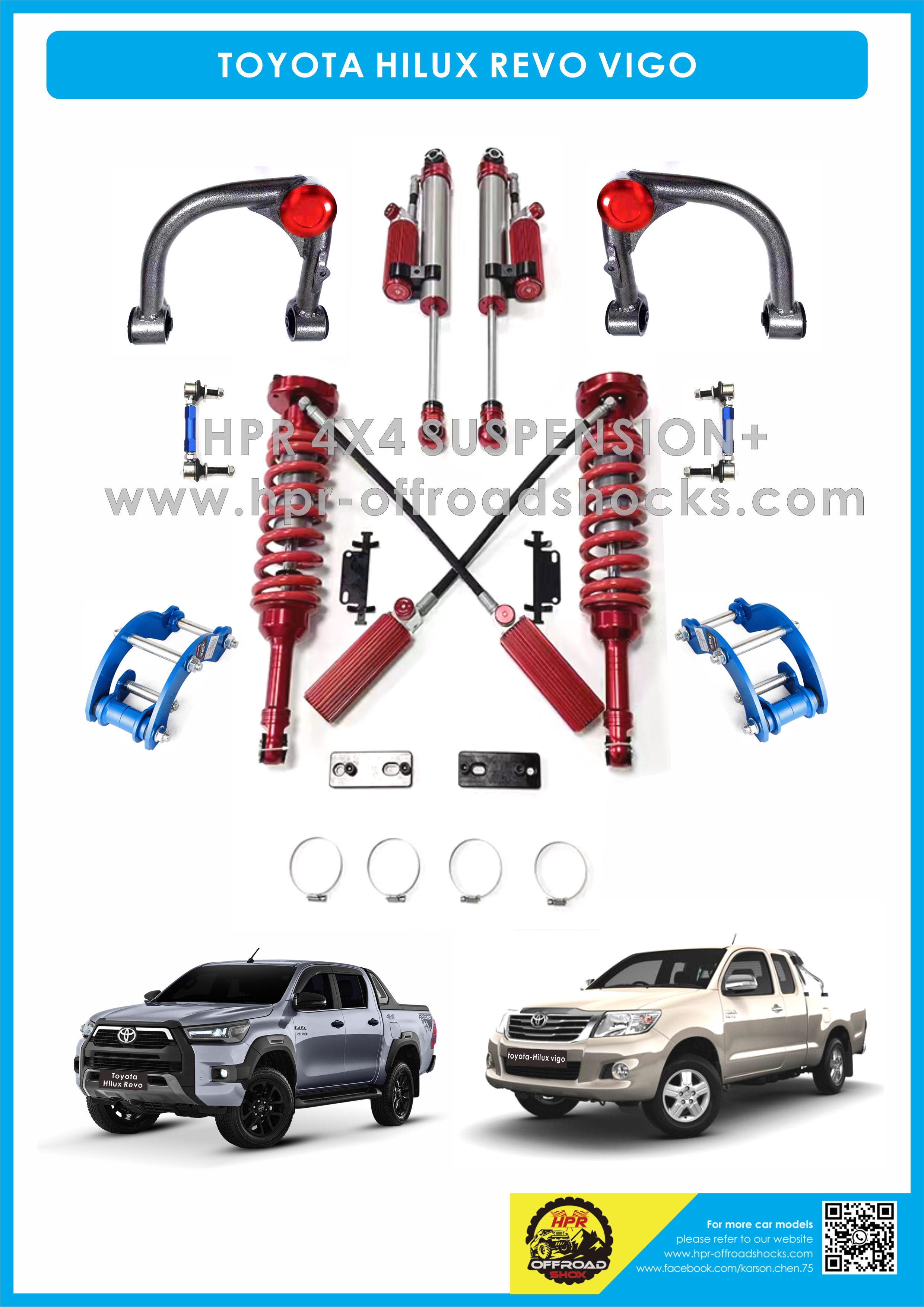Worn shock absorbers and front shock absorbers can seriously affect braking distance and overall vehicle safety. Here’s how:
1. Reduced stability:
Increased body roll: Worn shock absorbers and struts may cause excessive body roll during braking, making the vehicle less stable. This instability causes the tires to lose contact with the road, increasing braking distances.
2. Poor weight transfer:
Invalid Weight Distribution: During braking, weight is transferred to the front of the vehicle. Worn shocks and struts may not be able to manage this weight transfer effectively, causing the rear tires to have less traction. This may result in longer stopping distances.
3. Increase stop time:
Diminished Control: Worn suspension components can cause the vehicle to bounce or sway, making it more difficult for the driver to control the vehicle during an emergency stop. This can result in delayed reactions and longer stopping distances.
4. Tire Contact:
Uneven Tire Wear: Worn shock absorbers and struts can cause uneven tire wear, which affects the tire’s ability to grip the road. Poor traction can result in longer braking distances, especially in wet or slippery conditions.
5. Overall processing:
Impaired Handling: Worn shock absorbers and struts can negatively affect a vehicle’s handling characteristics, making steering and control during braking more difficult. This can result in oversteer or understeer, further increasing stopping distance.
Post time: Nov-06-2024

